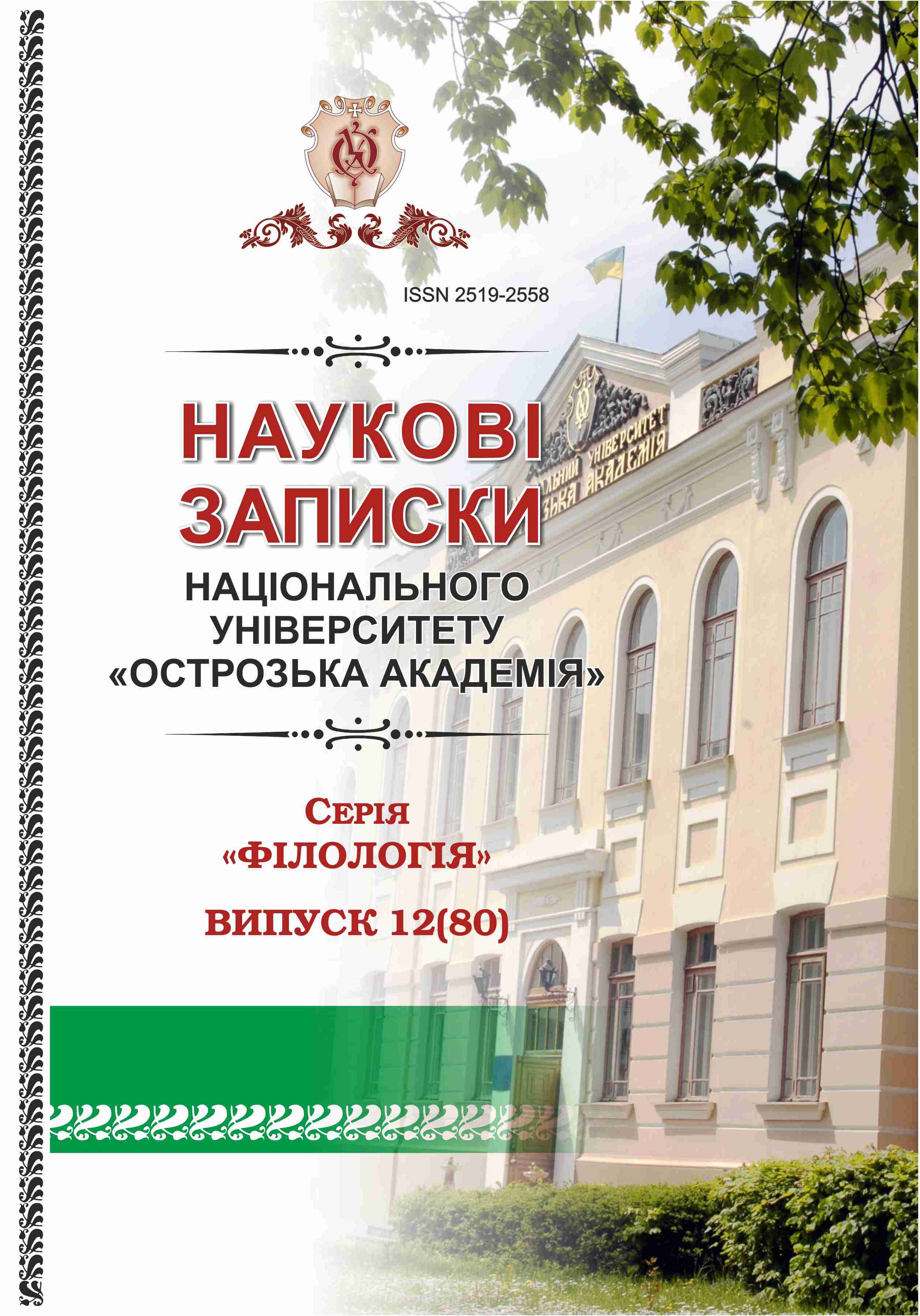THE NATIONAL LANGUAGE PICTURE OF THE WORLD: THE TRIAD LANGUAGE – CULTURE – HUMAN
Keywords:
the language picture of the world, the conceptual picture of the world, the national language picture of the world, the triad language – culture – human, codes of culture, linguocultural concepts, the linguocultural aspect of research, non-equivalent vocabularyAbstract
In this article the anthropocentric approach to the study of the national language picture of the world through the prism of linguistic and cultural interaction is offered; the role of non-equivalent vocabulary in the language and conceptual picture of the world is determined due to the theoretical and methodological principles of the linguocultural aspect of research.
The accentuation of the human factor as one of the central ones in anthropocentric linguistics brings to the fore the need to study the problems of describing the language structure, as well as the tasks of comprehensive study of the language personality, capable of generating and understanding speech.
The establishing of the relationship between the language and culture on the example of non-equivalent vocabulary promotes the revealing of the national cultural specifics of the researched units, and defining universal phenomena, that are inherent in each individual national cultural community. The linguocultural research involves in-depth study of language units, the semantic structure of which is marked by national specifics. The relevance of this research is defined by contrastive and typological approach to the analysis of language signs, especially non-equivalent linguistic material.
Various mechanisms of the language and culture interaction on the example of non-equivalent vocabulary are studied, taking into account the urgency of this research, which is determined by the interest in modern linguistic works to the investigation of linguocultural concepts actualization in the process of сoncept space modeling.

